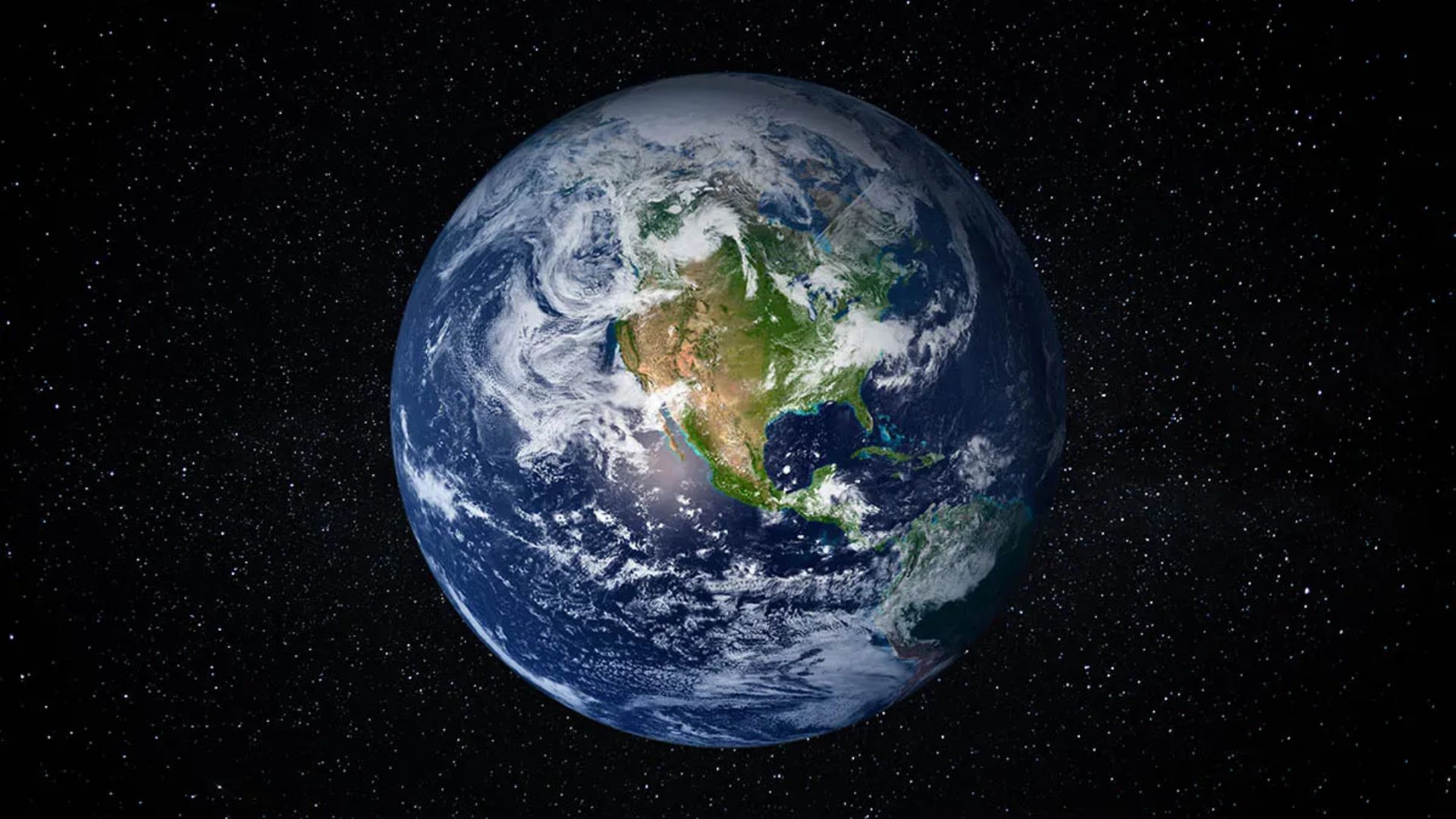Researchers at Northwestern University in Evanston, Illinois, have made a remarkable discovery: a massive reservoir of water hidden beneath the Earth’s surface. This subterranean water source is estimated to be three times the size of all the oceans on the planet combined, located approximately 700 kilometers below the Earth’s surface. This finding opens up new avenues for understanding the planet’s geology and water cycle, challenging previous notions about the origins of Earth’s water.
The discovery of this vast reservoir of water was made while investigating the origins of Earth’s water. Scientists uncovered an ocean hidden within a mineral called ringwoodite. This revelation challenges existing theories about the origins of Earth’s water, suggesting that Earth’s oceans may have originated deep within the planet, gradually seeping out from its core. This subterranean ocean surpasses the combined volume of all surface oceans threefold.
Steven Jacobsen, a scientist from Northwestern University who led the research, explained the significance of the discovery, stating, “This shows strong proof that Earth’s water came from inside the planet.”
The discovery was made possible by analyzing seismic waves from 500 earthquakes using 2000 seismographs placed throughout the United States. These waves, as they traveled through the Earth’s interior, particularly the core, slowed down, indicating the presence of water in the rocks below.
The concept that water could exist in the Earth’s mantle and move through rock grains has the potential to revolutionize our understanding of Earth’s water cycle. Jacobsen emphasized the importance of this reservoir, noting that without it, all the water on Earth would be on the surface, and we might only see mountain peaks.
Scientists are now working to gather additional seismic data from various regions worldwide to determine the frequency of mantle melting events. This research has the potential to transform our understanding of the Earth’s water cycle, providing insights into one of the planet’s fundamental processes.






